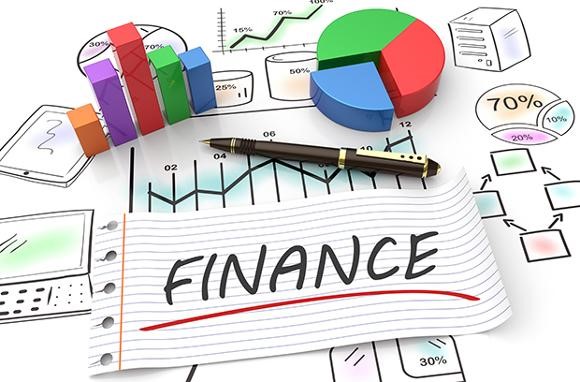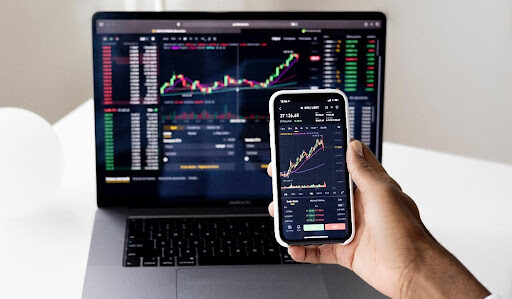Personal Finance 101 – How does Cashback Really Work?
Cashback is a powerful means for retailers to provide customers with another additional level of convenience, at relatively little cost to themselves.
Interestingly, the volume of cashback transactions has declined over the course of the last decade, with those taking place at the point of sale (POS) falling to under 200 million for the first time in 2017.
In this post, we’ll explore the concept of cashback a little further, while asking how it works from the perspective of customers.

What is Cashback and How Does it Work?
Cashback is when you give the customer a little cash back when they make a certain purchase, usually up to a fixed amount.
The customer can get their cashback in a number of ways. They can provide their bank account details directly to the retailer, so that payments can be made straight away. Alternatively, they might go through a third-party cashback provider, which directs traffic to the retailer’s website through advertisement.
The money stored by the third-party provider is secured in a guaranteed account, which means that the provider receives interest on all of the money that they’re storing.
The latter approach is a little more convenient for the business, as all the nuts and bolts of getting the cash into the customer’s account is taken care of externally.
Another way for a customer to earn cashback is through a cash-back credit card. These come in several varieties. There are flat-rate cards, which offer a fixed percentage on purchases made. Then there are tiered cards, which lump various types of goods and service into categories, and hand out more generous rewards for some things than for others. In some cases, these categories will change on a regular basis.
A cashback card can be restricted to members of certain professional groups, like carers. In this way, it’s a great way to provide rewards to a select few. It will normally provide several options for redeeming your cashback rewards. You might receive a gift card, or you might get the cash deposited into your bank account. There’s typically a minimum amount to spend if you’re going to be able to claim your rewards.
Cash Back vs Discounts – What You Need to Know
Cashback promotions are often seen as an alternative to more traditional discounts. But really, aren’t they the same thing? Isn’t the cash that a customer saves still there in a customer’s pocket?
Cashback tends to be viewed as superior to a traditional discount as it doesn’t detract from the perceived value of your product over the long-term. If you’re frequently offering your customers discounts, then they may begin to assume that the product you’re selling isn’t actually worth its ‘full’ price.
Where money is kept in a digital wallet, it’s easier to incentivise that it be used to make purchases from the same place. In practice, this works a little like a voucher scheme – but not quite. Cashback schemes also reduce the flow of physical cash, by providing a digital alternative.
If a retailer is storing large amounts of its customer’s cash in the short-term, then they’ll also benefit from the interest payments received.
As you can see, there are plenty of considerations when embracing cashback and learning how to optimise this practice as a consumer. It certainly continues to provide huge value at the POS, even in an age where cash is becoming less influential with every passing year.



















